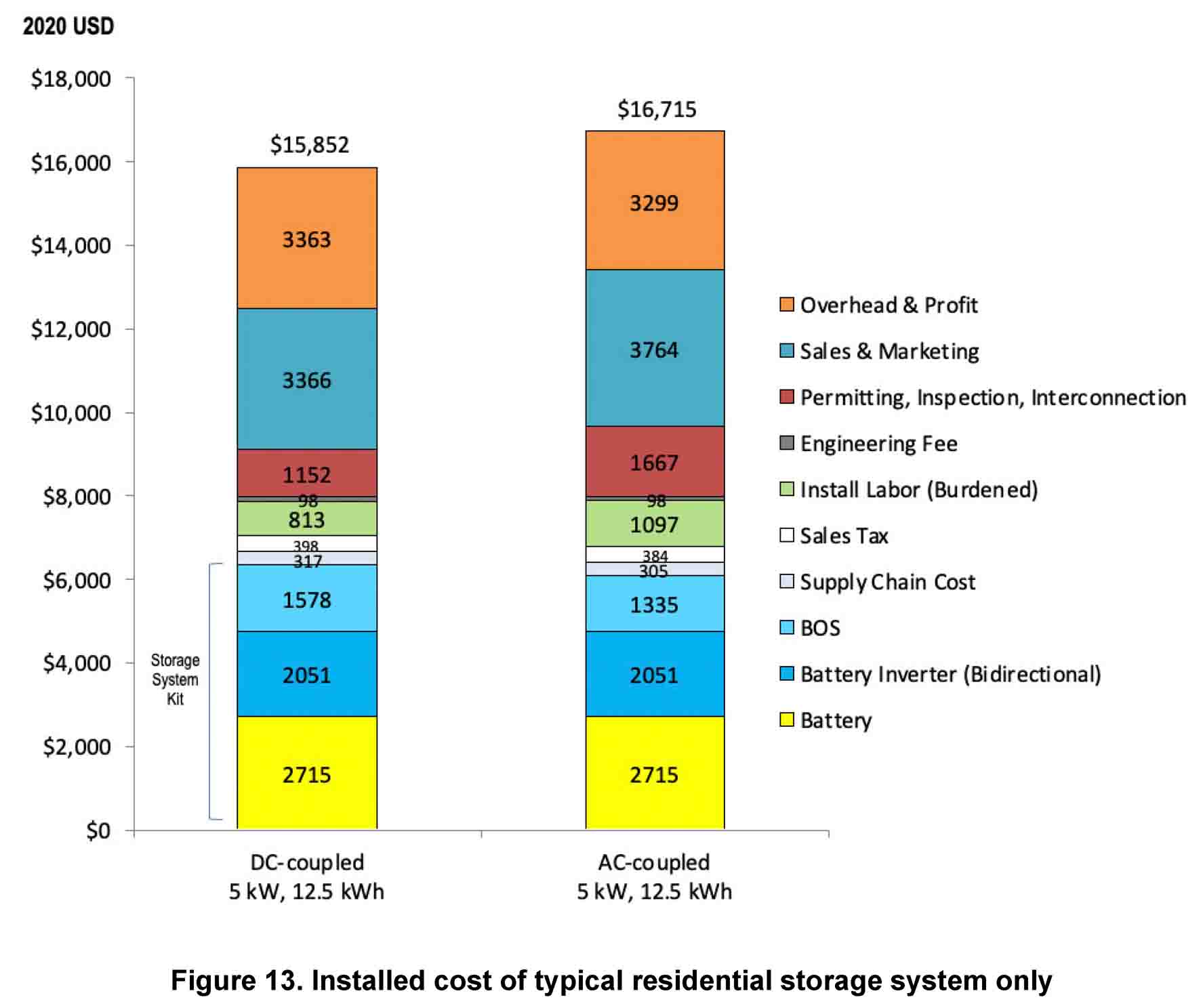TEP Distribution System Upgrade Removes DG Limits

December 7, 2021
With the recent upgrades and adjustments to the Tucson Electric Power (TEP) LAT3 13.8 kilovolt circuit in Marana, TEP is pleased to announce that all of the circuits on its local grid now have the capacity to support new residential solar projects sized at 20 kW AC and less.
This means homeowners who wish to install rooftop solar anywhere in the TEP service territory should be able to clear “Screen A” of Arizona’s Distributed Generation Interconnection Rules (DGIRs), allowing them to install systems that export excess energy to the TEP local grid.
As you may be aware, some TEP circuits were previously saturated with DG capacity exceeding levels referenced in the DGIR screening tests. Those tests compare the aggregate DG capacity on each circuit with that circuit’s peak load and minimum daytime load over the previous 12 months.
Since then, TEP has completed extensive hosting capacity studies and has made system improvements to expand capacity on circuits where new interconnection requests previously triggered additional review. All of the TEP circuits now have capacity for the addition of new residential exporting DG systems.
The TEP Energy Programs team will contact customers whose rooftop solar projects were suspended due to circuit saturation to inform them that these restrictions have been addressed and to invite them to submit their application to TEP.
TEP is committed to taking a proactive approach to surveying its system and identifying solutions to be able to accommodate additional growth.
If you have any questions, email TEP at This email address is being protected from spambots. You need JavaScript enabled to view it..





